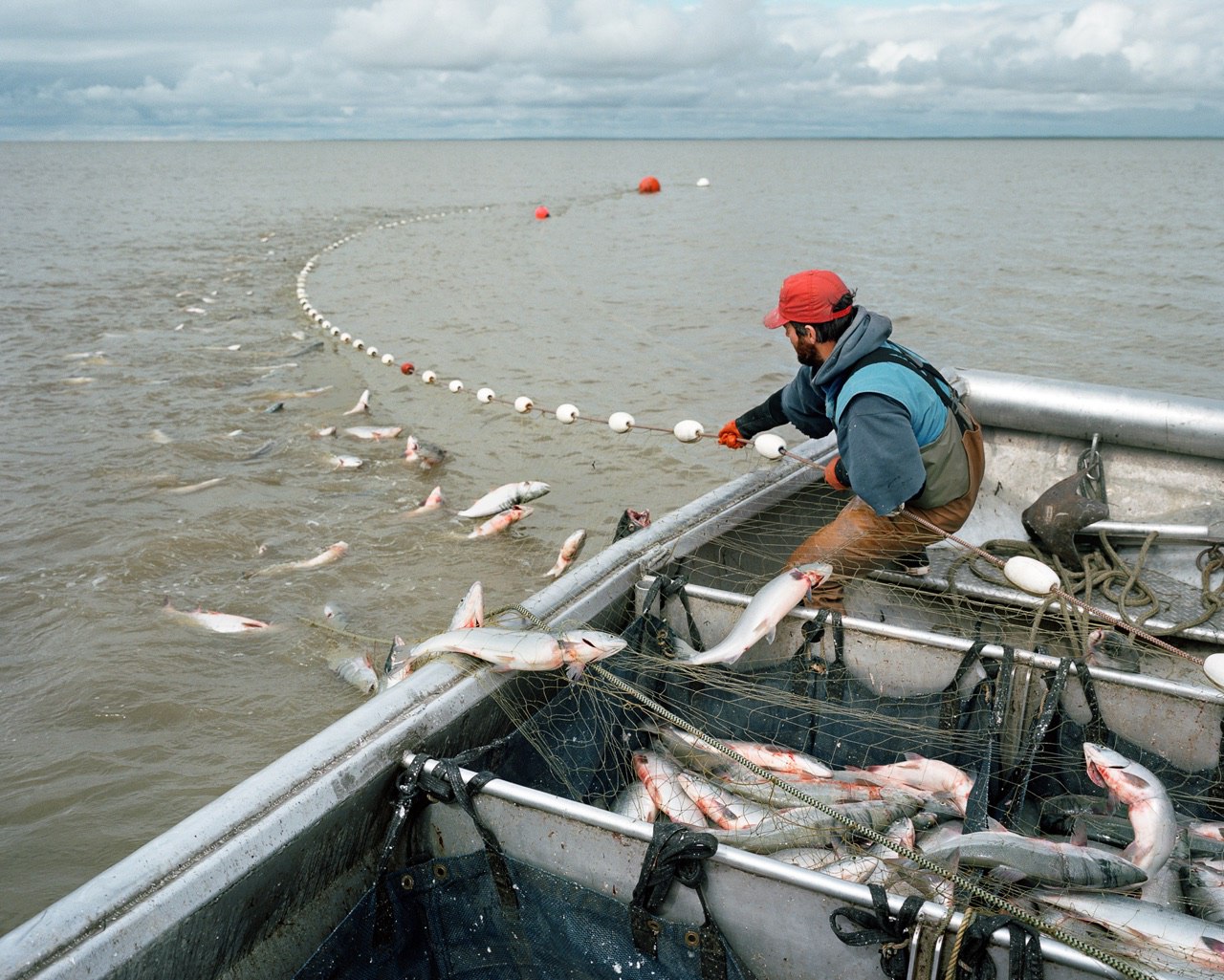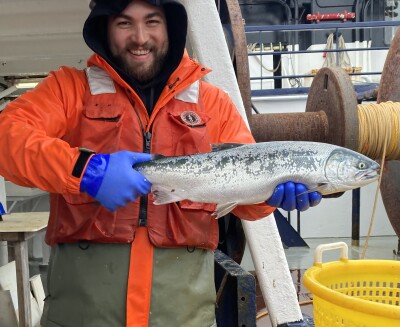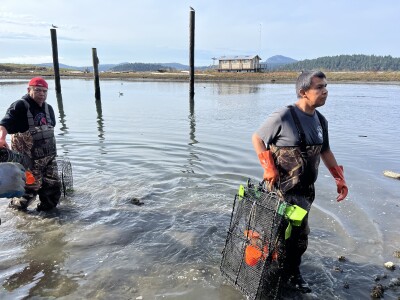The summer of 2018 will be remembered by many in the Alaska seafood industry for the numerous tariff increases enacted by the United States and China on hundreds of billions of dollars’ worth of products.
Alaska exports nearly $1 billion of Alaska seafood to China annually; these exports include both product for the Chinese domestic market and product that is reprocessed in China for re-export. U.S. seafood companies, and the fishermen who harvest the catch, are disproportionately affected by increased tariffs. The tariffs imposed are two-part.
First, a significant portion of the Alaska seafood products reprocessed in China and sent back to the states are now subject to increased tariffs of 10 percent, and scheduled to increase to 25 percent on Jan. 1, 2019. While the product list is extensive, some major Alaska seafood products have been exempted by the U.S. Trade Representative, including some Alaska pollock, cod and salmon products.
Second, Alaska seafood products destined for the Chinese domestic market must now pay an additional 25 percent tariff on top of pre-existing tariffs. This includes most major Alaska seafood products, such as frozen finfish (salmon, pollock, cod, sablefish, rockfish, flatfish), roe, geoduck, sea cucumber, scallops, crab species (including king, snow and Dungeness), and fishmeal. Fish oil and some fresh product is exempt (salmon, herring). As of this writing, the additional tariffs do not apply to products reprocessed in China and exported to countries other than the United States or China.
As the U.S. and China propose and implement additional tariffs on the opposing countries’ products, U.S. seafood companies are unfortunately facing a steeper imbalance and higher tariffs on both sides of the trade relationship. A number of the products identified are American seafood products, caught in U.S. waters by U.S. fishermen, but processed in China before being re-imported for U.S. consumers. Ultimately, the cost of the additional duty on products from China will be felt not by the Chinese but instead by American companies, Alaska fishermen and U.S. customers. This outcome is inconsistent with the U.S. government’s intent of adding cost to products originating in China.
During the public comment period by the U.S. Trade Representative, the Alaska Seafood Marketing Institute, as a representative of the 56,800 fishermen, processors and others employed by the Alaska seafood industry, requested that Alaska seafood products be removed from the proposed list of seafood items from China subject to the then-proposed additional 10 to 25 percent duty. This proposal, intentional or not, goes too far and would negatively impact Alaska seafood products re-processed in China and sent back to the U.S. for domestic consumption.
In order to stay price competitive in the global market, the Alaska seafood industry processes a significant volume of seafood in China. Some of the reprocessed product stays in China, a portion returns to the United States, while the majority is destined for global markets. While some processing does take place in Alaska or elsewhere in the states, the labor force and capacity to process 60 percent of the U.S. catch is simply not available.
The Alaska seafood industry recognizes China is not currently a free and fair market. ASMI supports the U.S. government’s intent to level the playing field between the United States and China by reforming trade terms. The Alaska seafood industry was optimistic about increasingly favorable terms of trade for Alaska seafood products prior to the June 6, 2018, tariff announcement by the federal government and China’s retaliatory actions.
In fact, China had made steady progress toward trade parity on seafood. Steps had been made to reduce the tariff imbalance for seafood products between the two countries and, on June 1, 2018, the Chinese Ministry for Finance announced a tariff cut for more than 200 seafood import items. This included frozen Alaska pollock, cod fillets, sockeye salmon and halibut — all products of Alaska. The Alaska seafood industry had expected reductions as great as 50 percent by August.
The Alaska seafood industry has invested decades of time and resources in establishing safe, productive processing capacity in China. Rigorous audits have been conducted to safeguard against human rights and labor abuses. Alaska seafood species that undergo secondary processing in China are subject to strict seafood safety regulations that require third-party audits to ensure safe processing and handling of Alaska seafood. Further, many Alaska species are certified as sustainable by third-party ecolabels. Independent audits of Chinese processing facilities have been conducted at great expense to the Alaska seafood industry to verify chain of custody on Alaska products.
While these headwinds are not ideal, Alaska seafood has numerous benefits that resonate highly with customers globally. ASMI’s efforts have established a premium market position and built strong demand even when prices fluctuate. What makes ASMI’s efforts successful is our diverse tactical approach, established domestic and international programs, and the Alaska Seafood brand that is recognized worldwide.
For more than two decades, ASMI has worked to expand China’s consumer market through e-commerce and to foster relationships through trade missions. Alaska seafood is associated with being natural, safe and nutritious; traits for which Chinese consumers are increasingly willing to pay. The China market still holds value, and ASMI’s efforts remain steadfast.







